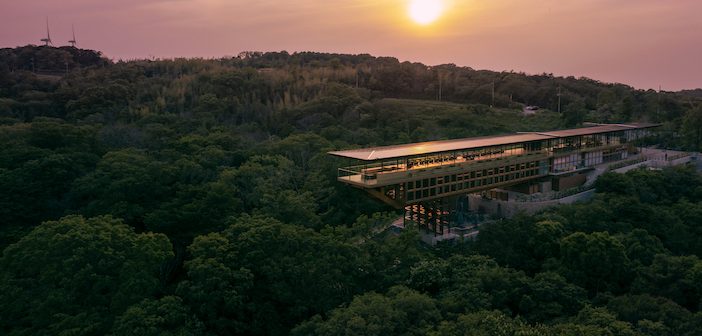As I have been writing for a long time in this column, the concept of wellness goes far beyond the idea of luxury spas offering facials and massages, all fluffy robes and delightful smells, as pleasant as those may be. What is interesting, too, is that different cultures have different approaches to the idea of wellness – it’s the same goal but there are many paths to reaching it. In Japan, for instance, wellness is, above all, a state of mind.
It is also all about cleanliness. Japan is probably the cleanest place I have ever been. There is no litter whatsoever – but also no bins on the streets either. How does this work? Everyone simply takes their rubbish home with them and disposes of it there. They would never think of dropping a food wrapper on the pavement and cleanliness here is pretty close to godliness – so, before you enter a Buddhist temple, you always wash your hands in the fountain outside and replace your shoes with slippers.
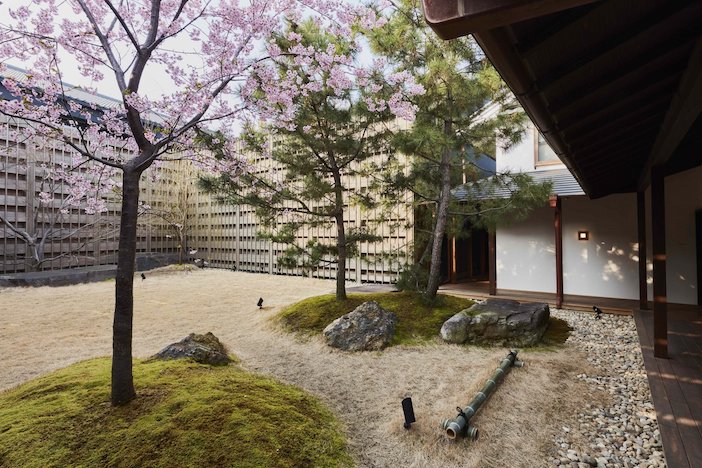
It’s no surprise then that at the heart of wellness in Japan is the bath house. This is not, though, the kind of bath to take your shampoo and shower gel. Before you even get into the bath, you need to be thoroughly clean – everyone showers punctiliously first and there is usually someone there to make sure that you do! When you do enter the bath itself, you will not be alone. While most bath houses are single sex, be prepared to mix with strangers who will not be wearing a swimsuit. There are a few places where you might be allowed to wear one but this is generally frowned upon. It is instead a place to relax, chat and absorb the benefits of heat and, often, therapeutic minerals.
The most widespread Sento bath has more than just one bath as a rule – hot, cold, sometimes very hot! You move between them as you would between a shower and a sauna as a way of stimulating circulation. Other baths, known as onsen, use hot spring waters that are full of minerals and, given that Japan is a volcanic country, there are around 20,000 onsen to be found, often as part of traditional Japanese inns, or ryokan. Sentos, on the other hand, don’t have spring water but super sentos may have an onsen not to mention saunas and a whole variety of baths as well. There’s a Spa World in Osaka that offers these facilities or Spa LaQua next to the Tokyo Dome.
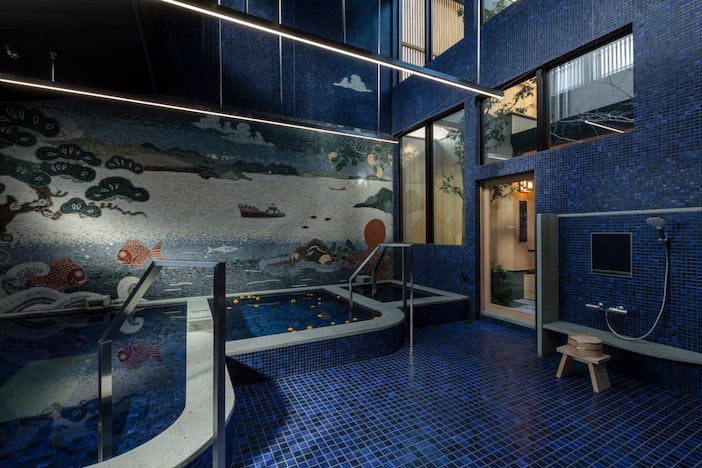
These are very much a part of city life, but out in Setouchi province, some three hours by train from Tokyo, you can experience the bath house as part of the Japanese tradition at a ryokan or traditional inn. If you are staying in a traditional ryokan, you will be provided with slippers (you always remove your shoes at the entrance) and you will often find a yukata, a casual style of kimono, in your room. While this was originally made for wearing after bathing, it is usual to wear the yukata all of the time you are in your hotel, including at meal times, and even outside in the street. The yukata is usually made of cotton and held in place with an obi (belt) tied at the front. This sits at the waist for women and on the hips for men. In the winter, there is often a yukata coat, too, thickly padded to keep out the cold and very cosy it is, too.
At Azumi Setoda, for instance, there were two bath houses, one tiled blue and the other grey and they swap on a daily basis so men and women get to try out both. The ryokan itself is quite lovely, traditional in some ways and super-contemporary in others. My room featured a wall of windows looking out on to private a garden and, inside, it combined Japanese minimalism with contemporary comfort. All was cedar wood and white rice paper, and that included the bath (well, the cedarwood element at least). The bath, it was explained to me, took 15 minutes to fill – what this means in practice is you turn on the tap and when it is full the bath turns itself off and plays a tune to alert you to the fact that it’s ready.
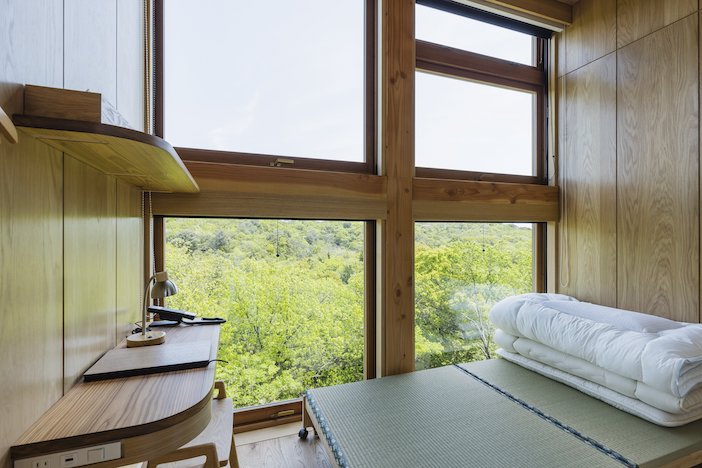
Zenbo Seinei on the island of Awaji is another minimalist architectural temple devoted, in this case, to the kind of training a Buddhist monk might encounter – albeit in rather more luxurious surroundings. Having said that, you have a small room with quite a hard bed and very little in the way of furniture – and there are no televisions, while the use of phones and laptops is discouraged (it’s the place for you if you want a full digital detox). The bathrooms are beautiful but shared.
The food is vegan, and not only are there no animal products, they don’t use wheat flour, sugar or oil either. You are encouraged not to talk while eating but to turn all of your attention to your food. There are a number of practices they introduce you to in order to stimulate focus and the ability to exist purely in the moment. There are techniques, for instance, like calligraphy and tea ceremonies (with bitter matcha tea – definitely an acquired taste).
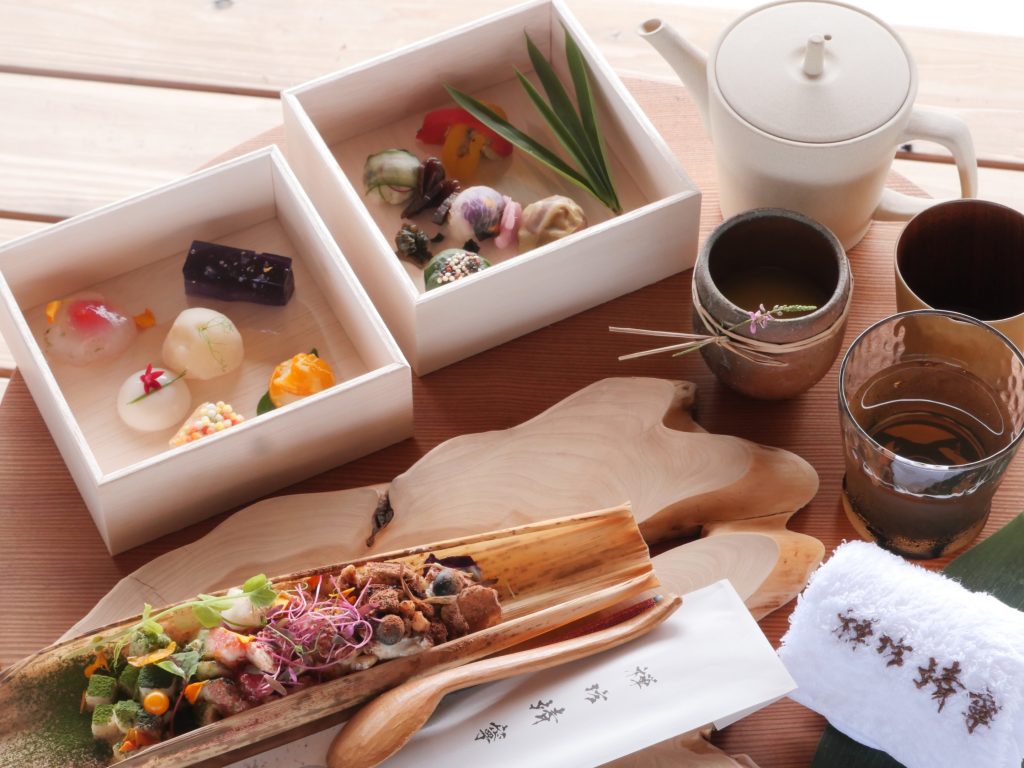
More conventionally, they have yoga classes in a vast rooftop room looking out across the forested hillsides and, most importantly, Zen meditation because Japanese wellness is as much about the mind as it is about the body. Meditation is not easy for most westerners to master but the teacher, Miao, guided her small class gently, easing us into the process. And, for those who find it hard to sit and focus, she introduced us, too, to the concept of walking meditation – basically, you walk very, very slowly feeling the contact, in turn, of each part of the foot with floor…
Walking (of a more orthodox kind) is also a part of wellness here as the Japanese love nothing better than walking in beautiful parks and gardens. It was the Japanese who coined the term “forest bathing” in the early 1980s. For once, this has nothing to do with a bath. Instead, it’s about immersing yourself in the beauty of nature and appreciating the moment. This “living in the present moment” approach is all part of the Japanese idea of mindfulness and you’ll find it recurring in ceremonies from flower arranging (kado) to the remarkable performances you’ll find of Noh theatre.
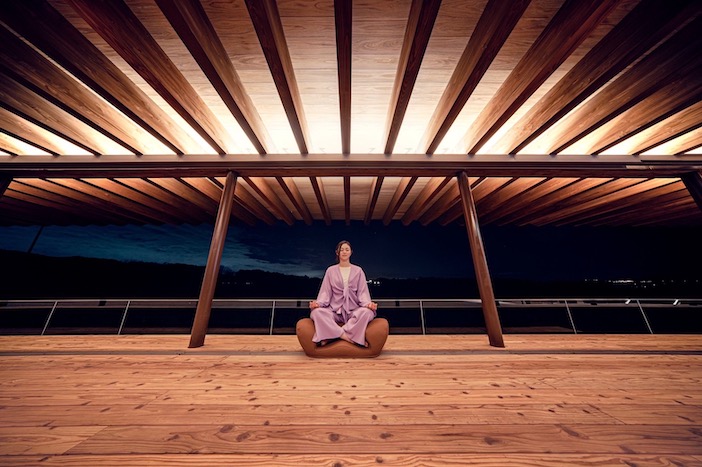
Wellness in Japan is, then, a state of mind. The endless politeness and patience of the Japanese rubs off on visitors surprisingly quickly and it’s easy to take pleasure in your surroundings from Buddhist temples to Shinto shrines, the calm waters of the Seto Inland Sea to the ever-present mountains. Spring, of course, is cherry blossom time here and, if you want to deepen your ability to live in the moment, there can be few things quite so beautiful as the object of your contemplation.
For more information about Azumi, including details of bathing experiences, please visit www.azumi.co.
For more information about Zeno Seinei, including details of wellness experiences and events, please visit www.zenbo-seinei.com.

